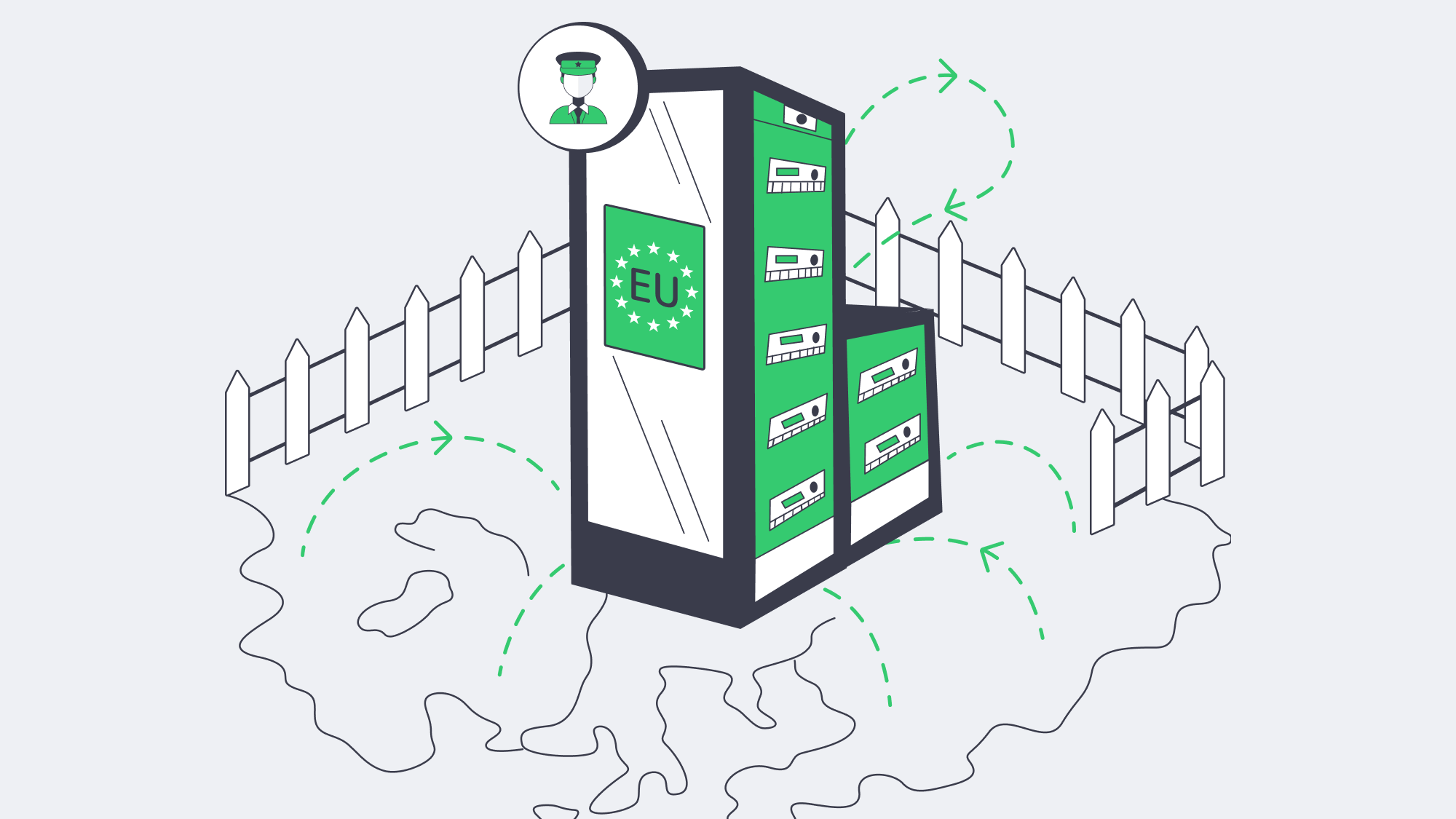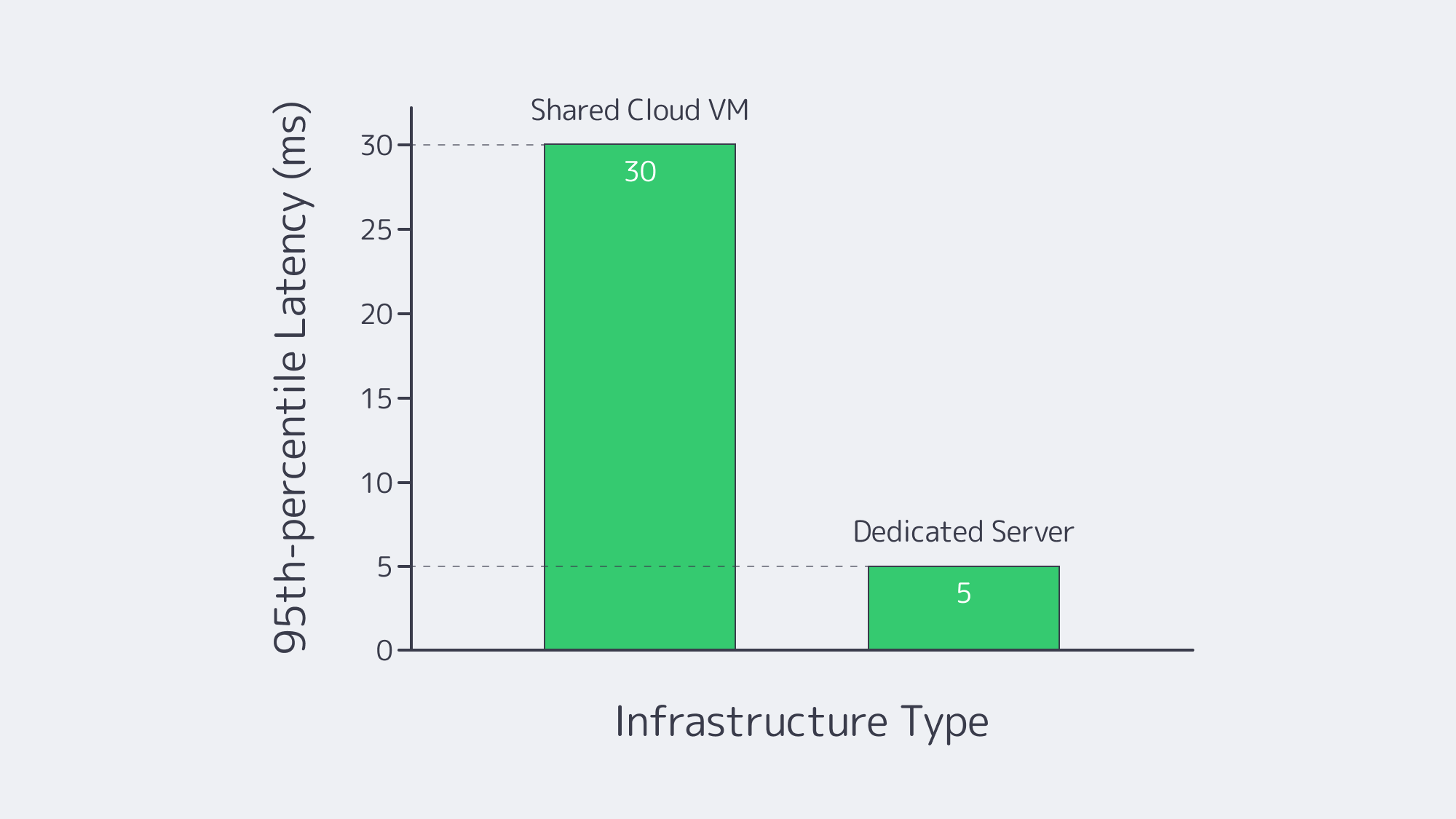Blog

Dedicated Hosting Server: a Path to Greater Control
Modern jurisdictional boundaries continue to put increasing pressure on data transmission and storage. Many organizations were quick to jump on the “cloud-everything” bandwagon only to realize it simply doesn´t suffice for latency critical workloads, resulting in a shift back to physically located infrastructure. Hence we are seeing dedicated hosting servers with their endless tweakability, ideal for the most rigorous of audits.
IDC’s late-2024 workload-repatriation pulse found that 48 % of enterprises have already shifted at least one production system away from hyperscale clouds, and 80 % expect to do so within two years.
Choose Melbicom— 1,000+ ready-to-go servers — 20 global Tier IV & III data centers — 50+ PoP CDN across 6 continents |
 |
Market spending is also following suit; the estimated total revenue according to Gartner’s Dedicated Server Hosting Market Guide is projected to be $80 billion by 2032. The majority of the capital is used by providers to work on integrating cloud-like automation with single-tenant hardware. Which is exactly what we do at Melbicom. We use that revenue flow to provide customers with over 1,000 ready-to-go configurations in 20 Tier III and Tier IV data centers, delivering 200 Gbps of bandwidth per server. Procurement is a painless online process that can be up and running in less than two hours, and is easily managed via API.
Melbicom infrastructure is founded on five fundamentals that address data sovereignty and control anxieties; root access, bespoke software stacks, custom security, compliance tailoring, and hardware-level performance tuning.
Repatriation and Sovereignty Fuelling the Return to Dedicated Server Solutions

Across the board, data residency has become a genuine concern, state privacy statutes have tightened considerably and Europe has Schrems II in place. Following this data shift in focus, data sovereignty is now a top buying criteria for 72 % of European enterprises and 64 % of North-American firms. Regionally pinned public-cloud VMs can help with proof of sovereignty to an extent but with a dedicated server, every byte is accounted for, better satisfying auditors. sits on hardware you alone occupy. With Melbicom, our clients can show hardware tenancy proving they alone occupy whether it is by positioning analytics nodes in Amsterdam’s Tier IV hall to adhere to GDPR demands, or anchoring U.S. customer PII inside our Los Angeles facility.
A dedicated server also provides more clarity of sovereignty demonstrating where control boundaries lie. With VMs the root is exposed from within its guest but there are many invisible elements at play such as firmware patches, hypervisor policy, and out-of-band management. With dedicated hosting everything from BIOS to application runtime is sovereign. Intel SGX can be toggled via the BIOS flag for enclave encryption and management traffic can be locked to an on-prem VPN by simply binding the BMC to a private VLAN. Compliance language demands “demonstrable physical isolation,” and with single-tenant hosting you can demonstrate beyond doubt that nobody else is using your server or resources.
Root Access Liberation
Arguably one of the biggest benefits of hosting with a dedicated server is the advantage of full root access for engineers. microsecond deterministic trading is possible by recompiling the kernel with PREEMPT_RT, you can follow packets at nanosecond resolution by dropping in eBPF probes and rapidly deploy a hardened Gentoo build with ease. Kubernetes can be run directly on the host, via physical CPU cores in place of virtual slices, and strip jitter is significantly reduced helping with latency-sensitive microservices.
Workflows are cleanly translated in terms of infrastructure as code and you can PXE-boot, image, and enroll just as easily as a cloud VM using Terraform or Ansible on a physical host. With sole tenancy, the blast radius is contained should an experiment brick the kernel, only your sandbox alone is affected lowering systemic risk. There are also no hypervisor guardrails dictating rescue procedures giving full autonomy and accelerating iteration.
How Does Root Access Unlock Bespoke OS and Software Stacks?

Public clouds often limit OS and software stacks forcing organizations to find a workaround rather than load what they prefer to use. With sole tenancy and full root access the operating system is customizable to your needs. Those in media can optimize their network speeds using FreeBSD, for example, whereas fintech teams requiring certified crypto libraries might load CentOS Stream. The latest CUDA drivers can be placed on Rocky Linux with AI lab, whatever image you want can be tested and then copied to other machines.
You only have to look to open-source databases to understand the upside. Marketplace defaults are usually layered upon virtualized disks and typically have less sustained writes than a self-compiled PostgreSQL tuned for huge pages and direct I/O which routinely delivers 25–40 % more. With a dedicated server there is nothing forcing snapshots or stealing cache lines and so, even a low cost setup often beats the performance of a pricy multi-tenant option.
How Does a Dedicated Hosting Server Clarify Security and Compliance?
A dedicated server provides a very clear attack surface with crisp boundaries far more transparent environment provided by multi-tenant environments and preferred by CISOs for their black-and-white nature. There is physical separation whether disk encryption keys reside in an on-board TPM or are harbored on an external hardware security module reached over a private fiber cross-connect. Air Gapping separates packet captures en route to SOC appliances and they are allowed or blocked by firewalls operating within your own pfSense chain.
The clarity of separation provided by a dedicated hosting server satisfies PCI DSS, HIPAA, and GDPR demands. Single tenant, audits are a doddle, the hardware is tagged and cables are traced. The posture is further strengthened at Melbicom through optional private VLANs and we are also capable of replacing hardware within a four-hour window further satisfying regulators. Essentially, Melbicom takes care of the plumbing, freeing up your security teams to enforce policies.
Hardware‑Level Performance Engineering

Performance goes beyond merely raw speed, with VMs engineers have to architect with unfriendly neighbors in mind but this statistical multiplexing is avoided through a dedicated server. With single tenancy you have worst-case predictability because CPU cycles, cache lines, and NVMe interrupts are yours exclusively. This shrinks long-tail latency and improves performance dramatically.
You also unlock performance preferences, be it 56-core Intel Xeon processors for parallel analytics or a front end burst focus with fewer but higher-GHz cores. With Melbicom choices are readily available to you. With a dedicated 200 Gbps throughput per server, without the throttling often experienced with noisy neighbors real-time video or massive model-training pipelines are easily supported and sustained. We also offer flexible storage tiers; NVMe RAID-10 for OLTP, spinning disks, or Ceph surfaced hybrid pools.
These capabilities are afforded to the SKUs of even our most economic options. Our dedicated servers are fully transparent and also benefit from SMART telemetry and provide full IPMI access. That way if a disk trending toward failure is spotted engineers can request a proactive swap.
Performance Levers on Dedicated vs. Shared Hosting at a Glance
| Layer | Shared Cloud VM | Dedicated Hosting Server |
|---|---|---|
| CPU | Noisy-neighbor risk | 100 % of cores, NUMA control |
| Disk | Virtual, snapshot overhead | Raw NVMe/SAS with custom RAID |
| NIC | Virtual function, capped bandwidth | Physical port, up to 200 Gbps |
A Familiar Story: Historical Vendor Lock-In
Historically, the industry is all too familiar with the promises of frictionless scalability touted by proprietary databases and serverless frameworks. Promises that were dashed by egress fees, licensing traps, and deprecations. Architects learned the hard way that anchoring critical data on hardware they can relocate was necessary for a smoother exit. Fortunately, the PostgreSQL provided by a dedicated hosting server is portable, Kafka is upstream, and it is more or less painless to move Kubernetes clusters. All of which makes it a great middle ground solution should history repeat itself strategies shift in the years to come. With a dedicated server moving data from one center or provider to another is possible without rewriting fundamental services, something which will undoubtedly pique the interest of CFOs.
How to Make Infrastructural Autonomy Your New Baseline

Without the assurance of how stacks cope under pressure and a guarantee on where the data lives, fast features are ultimately worthless. Leveraging a dedicated server for hosting solves both issues. The hardware is transparent, ensuring latency is predictable and this hand in hand with highly customizable security keeps regulators happy in terms of data sovereignty and compliance. Unrestricted roots leave space for innovation, bespoke software performs better, and cloud elasticity is retained lending a competitive advantage ideal for experiments.
Ready to Order?
Get yourself the perfect blend of control and convenience by opting for a dedicated server with Melbicom. We have multiple Tier III/IV locations on three continents, housing an inventory of over 1,000 configurations for easy deployment in less than two hours.